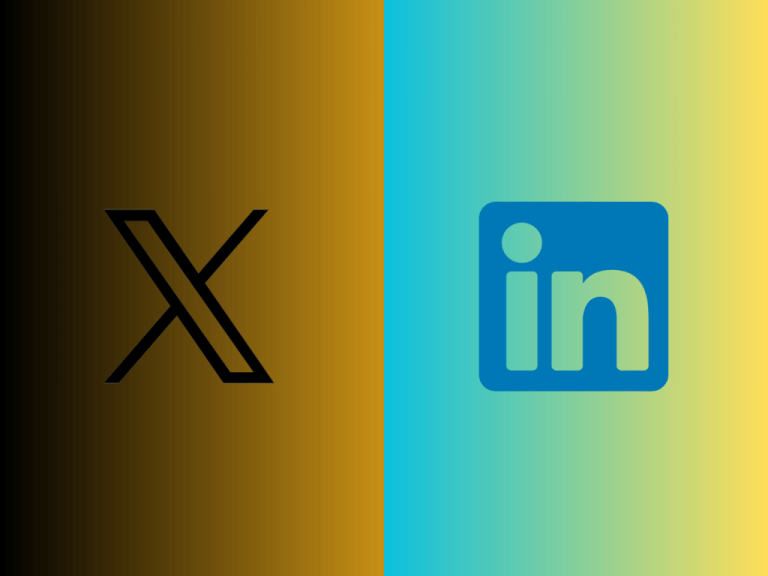Amidst the online chaos, LinkedIn seems like a contender to replace the sinking ship that Twitter has become. Twitter has faced challenges with trolls, bots, and misinformation, which has led to a less enjoyable experience for users. Moreover, the feed is becoming more negative and toxic day by day. LinkedIn could take advantage of this situation by implementing improvements to become a more engaging and reliable professional platform.
Why LinkedIn? Why not Threads?
The focus on LinkedIn over Threads stems from the strengths of LinkedIn’s existing framework for professional networking, content sharing, and its user base, as well as its potential to evolve into a more dynamic and engaging platform. Furthermore, individuals might opt for LinkedIn over Threads due to the limitation of not being able to delete a Threads account without also deleting their Instagram account.
Here are several ways in which LinkedIn could enhance its user experience:
- Feed Control: LinkedIn could give users more tools to curate their feeds and filter out irrelevant or low-quality content – like Tweetdeck. This would help users find valuable insights amidst the noise.
- Messaging and Group Interaction: LinkedIn’s messaging interface could improve to make it more user-friendly and encourage real-time communication. It could also simplify group interactions to facilitate discussions on specific topics.
- Quality Content Curation: LinkedIn could emphasize the importance of curating high-quality content and removing or de-prioritizing posts that fail to engage users. This could help maintain the platform’s value and relevance.
- Dynamic News Feed: Introduction of a dynamic news feed that adapts to users’ interests and preferences, providing a continuous stream of relevant stories.
- Journalist Engagement: Offering features that make LinkedIn more attractive to journalists, allowing them to easily contact and collaborate with experts for their research.
- Lists and Expert Discovery: Improving LinkedIn’s search capabilities and using user-driven insights to create lists of recommended experts, making it easier for users to connect with genuine authorities in their fields.
- Newsletter and Publishing Improvements: LinkedIn could highlight the potential of itself as a publishing platform and suggest making it easier for users to create and share content through newsletters and articles.
It’s clear that the platform has the opportunity to become a better alternative to Twitter, especially in the professional networking and information-sharing space, but it’s a two-way street. Users must demand more quality content, respectful engagement, and innovative features.
via Fortune


